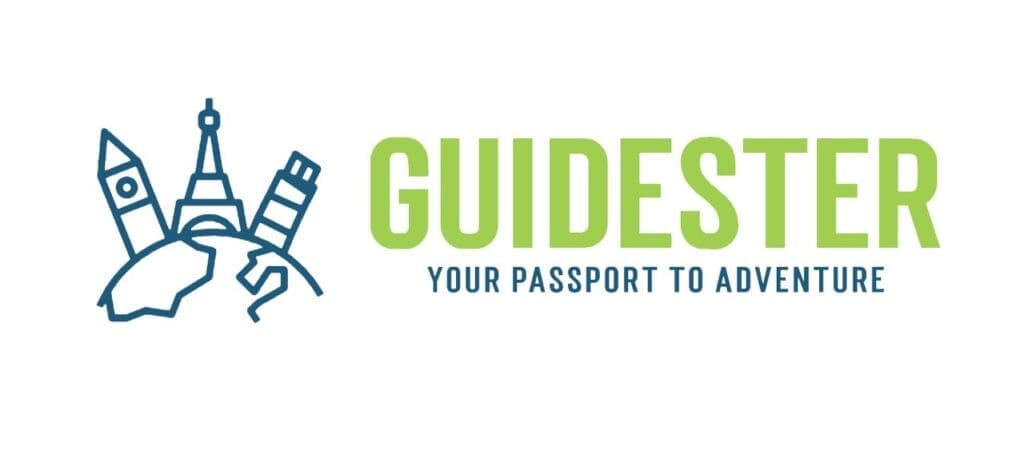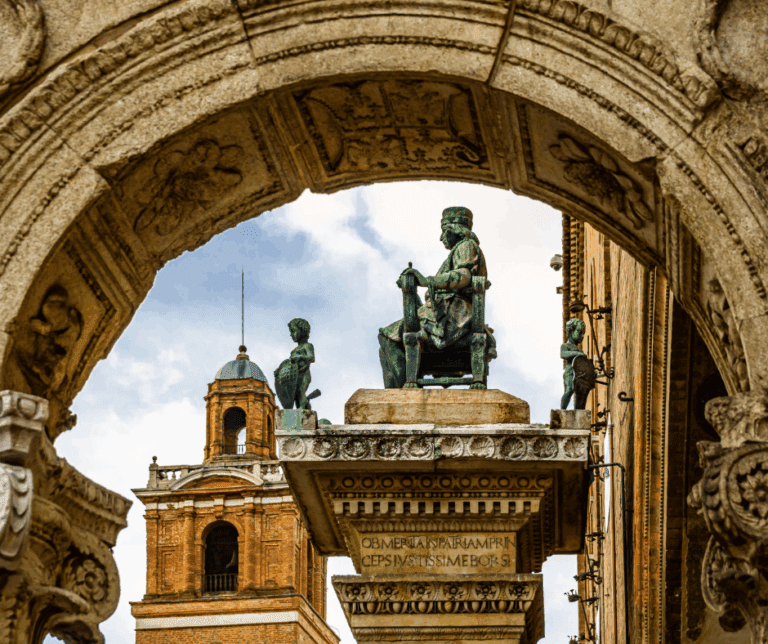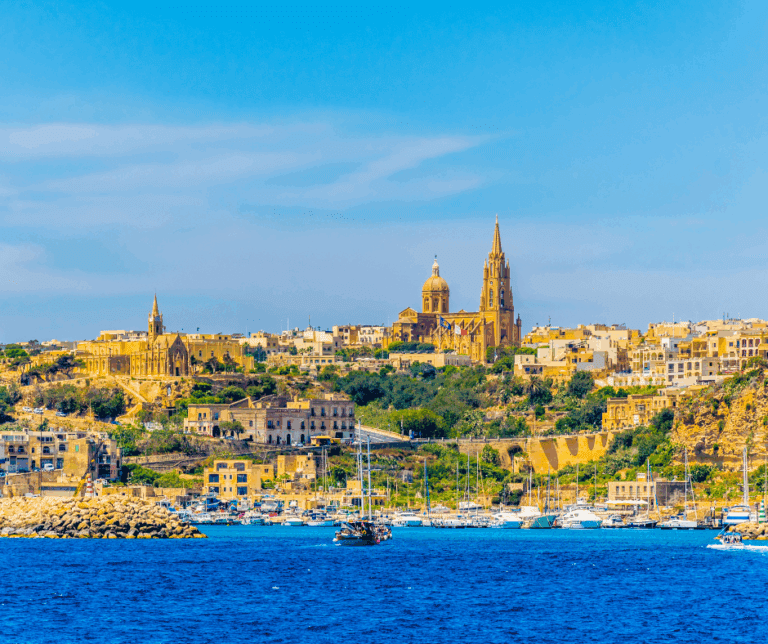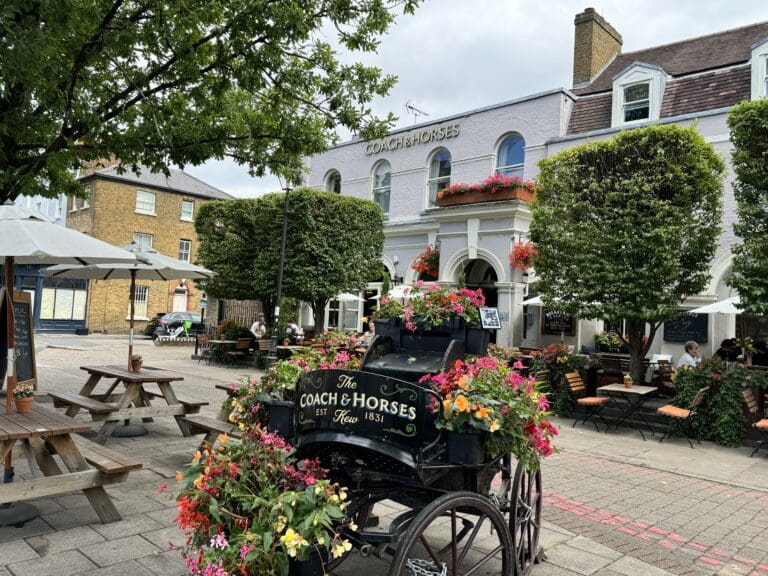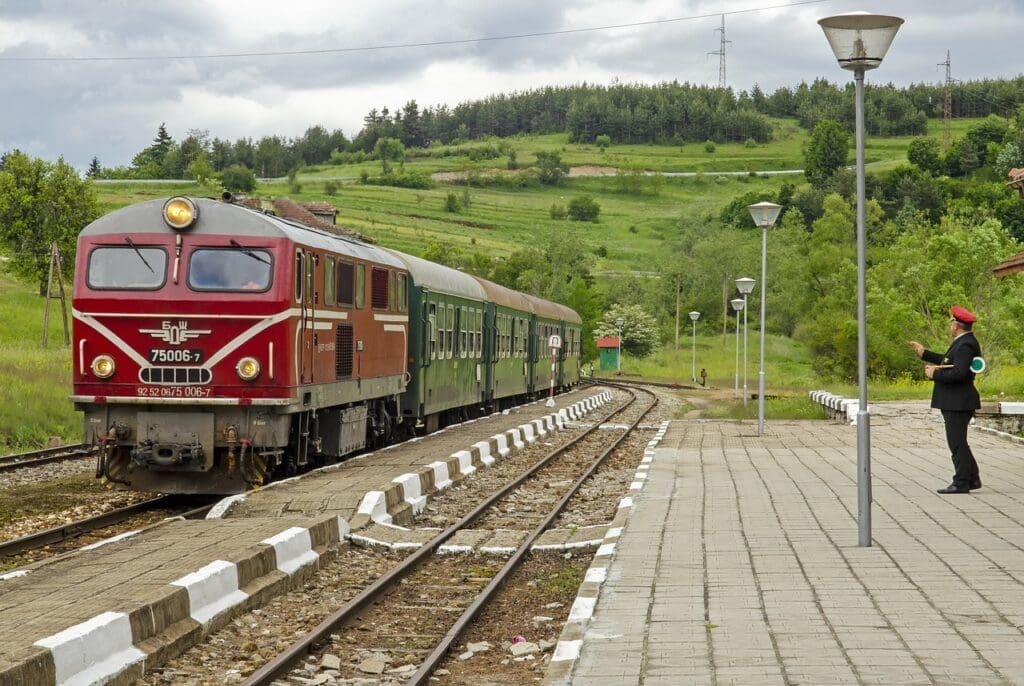
Europe’s public transportation systems offer a gateway to its diverse landscapes, unique cultures, and hidden treasures.
One of the best ways to immerse yourself in this vibrant continent is by mastering its intricate public transportation systems.
From high-speed trains to trams, buses, and metros, Europe offers an extensive network that can efficiently connect you to its hidden gems and iconic landmarks alike.
Understanding the Basics
Embrace the Diversity:
Each European country boasts its own transportation system. While some might rely heavily on trains, others might excel in bus networks or ferries. Research the specific country or city you’re visiting to understand its primary modes of transport.
Example: Switzerland’s efficient train network stands out, with its punctual services and scenic routes like the Glacier Express, a direct train connecting railway stations of the two major mountain resorts of Zermatt and St. Moritz, while Amsterdam’s bike-centric infrastructure defines its urban mobility.
Ticketing and Passes:
Most European cities offer a range of ticketing options, from single-use tickets to day passes and multi-day cards.
Cities like Berlin offer day passes covering multiple zones, allowing unlimited travel across different modes of transportation, while cities like Paris offer the Visite Pass, which allows you to use all of the public transport networks: the metro, tramway, bus, RER and SNCF Transilien networks.
Tip: Look for city-specific passes or cards that offer discounts on transportation and attractions. Consider daily or weekly passes if staying in a city for an extended period.
Transport Hubs and Interchanges:
Major transportation hubs and interchange points serve as lifelines, connecting various transportation modes.
Familiarize yourself with these hubs. They often house information centers, amenities, and multiple transport options. Take note of signage and information boards for easy navigation.
Example: Keleti Station in Budapest or Gare du Nord in Paris serve as major train stations, offering connections to both local and international destinations throughout the rest of Europe.
—> Read More: Top 10 Charming European Villages You’ve Never Heard Of
 Mastering Train Travel
Mastering Train Travel
Europe’s train networks are renowned for their efficiency and connectivity. Understanding the various types of trains and ticketing systems can make your journey smoother.
High-Speed Trains:
France’s TGV (Train à Grande Vitesse) or Germany’s ICE (Intercity-Express) provide rapid connections between major cities, allowing you to cover long distances swiftly.
Tip: Book your tickets in advance to secure the best prices, especially for high-demand routes. Websites like Rail Europe or country-specific rail service sites offer convenient booking options.
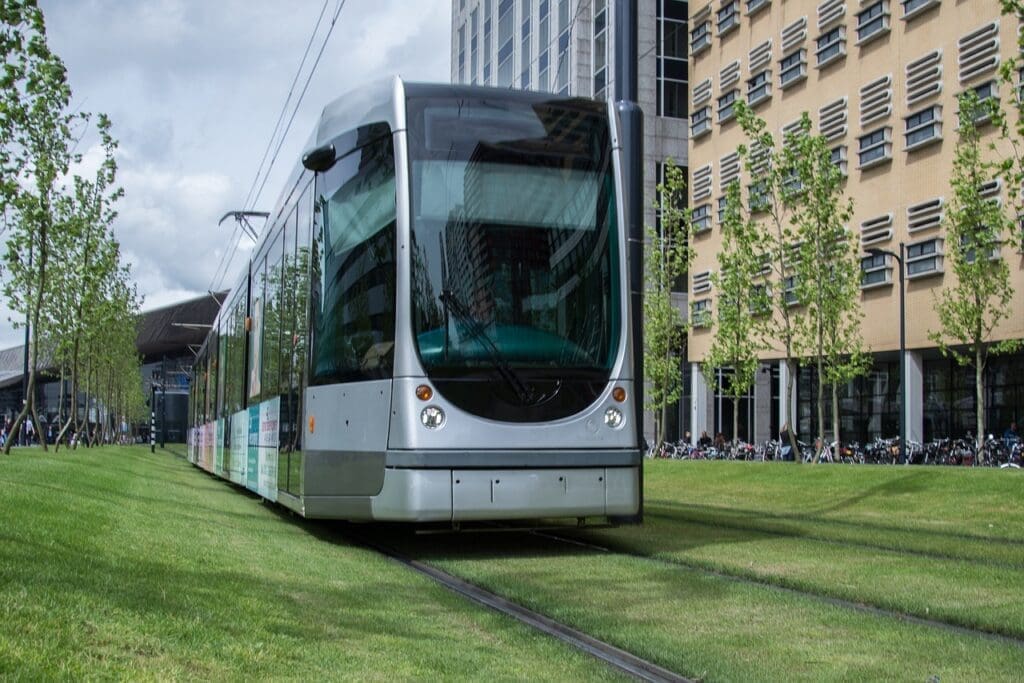 Regional and Local Trains:
Regional and Local Trains:
Explore off-the-beaten-path destinations by utilizing regional and local trains. They might take longer but offer a more authentic experience and picturesque views along the way.
Opt for regional trains for more flexible travel and to explore smaller towns. Check timetables as these trains might have fewer daily departures.
Eurail and Interrail Passes:
Ideal for travelers exploring multiple countries, these passes offer flexible travel options within a set period, allowing unlimited train travel across Europe.
Tip: Consider your itinerary carefully to determine if a rail pass aligns with your travel plans. Sometimes point-to-point tickets might be more economical for shorter trips.
 Navigating Urban Transport
Navigating Urban Transport
Navigating bustling cities in Europe can be simplified by understanding their metro systems, buses, trams, and alternative transportation options.
Metro Systems:
Major cities like London, Paris, and Berlin boast extensive metro systems. Understanding the metro maps and routes is key to effortlessly navigating these bustling cities.
Tip: Download metro apps or pick up city maps with metro routes. Understanding the zones and interchange stations can save time during transfers.
Buses and Trams:
In cities where metros might not reach, buses and trams fill the gap. Apps like Citymapper or Google Maps can provide real-time information on routes and schedules.
Renting Bikes and Scooters:
Many European cities promote eco-friendly transportation, offering bike-sharing systems or electric scooters, perfect for short trips within city centers.

Planning a Trip To Europe?
We can help create your perfect itinerary!
- Worried you'll miss the hidden gems?
- How long should you stay in each place?
- What should you see and what to avoid?
- Should you rent a car, train it, or both?
More Tips for Seamless Travel
Plan Ahead:
Research transportation options and schedules in advance. Timetables might vary on weekends or holidays, so plan accordingly.
Example: In Croatia, ferry schedules between islands might be limited during certain seasons, so plan island hopping accordingly.
Validate Tickets:
Always validate tickets where required to avoid fines. Train stations and platforms typically have validation machines.
Utilize Apps and Technology:
Download transportation apps or use Google Maps for real-time updates, including delays, alternative routes, and transportation options.
Consider Day Tours or Excursions:
Sometimes, guided day tours or excursions might be more convenient, especially for remote or less accessible destinations.
Europe’s public transportation systems offer a gateway to its diverse landscapes, cultures, and hidden treasures.
Embrace the variety, plan meticulously, and remain flexible. Whether you’re speeding through picturesque countryside on a high-speed train or navigating cobblestone streets on a historic tram, Europe’s transportation networks promise an adventure at every turn.
Getting lost occasionally might lead to unexpected discoveries, so allow room for spontaneity. With these tips and examples in mind, you’re equipped to navigate Europe’s public transportation like a seasoned traveler, unlocking the continent’s wonders with ease.
Bon voyage!
Hi, I’m Jack Baumann – founder of Guidester. I’ve spent over 15 years living and traveling throughout Europe, and I created Guidester in 2014 to help others experience the best of what Europe has to offer. What started as a passion project has grown into a full-service travel concierge and tour company, designed to make your journey smoother, richer, and more meaningful.
Want to know more about my story? Click here to learn more about me.
👇Don’t forget to grab your free international travel checklist just below – it’s packed with essentials to help you feel fully prepared for your next adventure!
Jack Baumann
President of Guidester

The Ultimate Pre-Travel Checklist
Download ‘10 Crucial Things To Do Before Traveling Abroad’ to avoid mistakes and ensure a smooth trip; adapters and electronics, packing tips, foreign currency, phone plans, and more!

